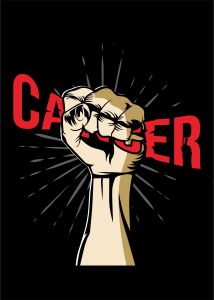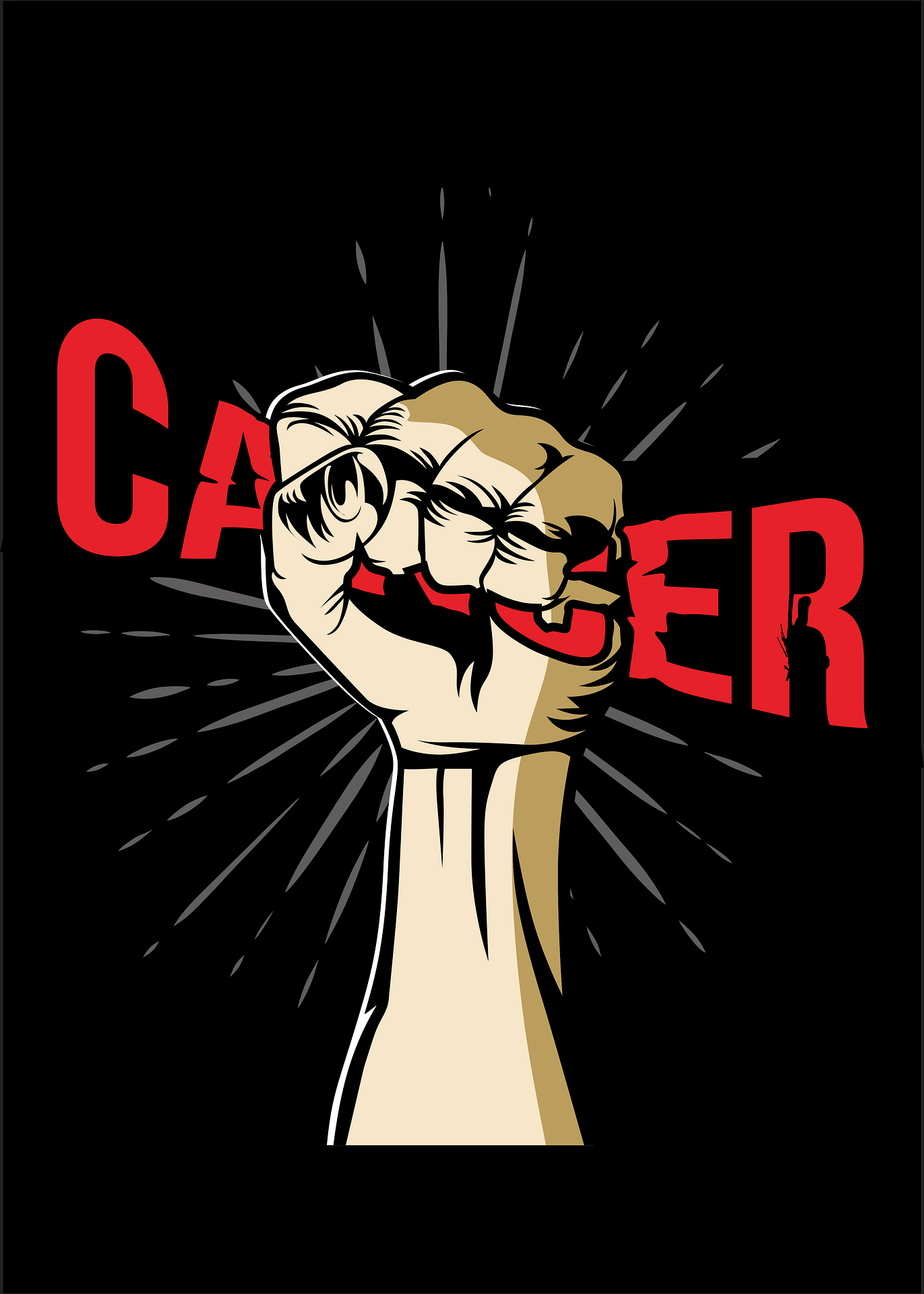Signs and Symptoms of Testicular Cancer
Testicular cancer symptoms are often easy to notice, but they can also occur in other, non-serious diseases. Signs of testicular cancer men should keep an eye out for include:
Testicular cancer: Testicular cancer comes in two forms—seminoma and non-seminoma—with some symptoms common to both: — • Lump or swelling in the testicle: The most common symptom of testicular cancer is a painless lump or swelling in one of the testicles. The lump can be small to large and is typically found during a self-exam.
Heaviness or Pain: Testicular cancer can be painless, but some men may feel a dragging or heavy sensation. Less commonly, pain can also happen in the testicle or groin area.
 Lump or swelling: A lump or sore that increases in size or shape can indicate testicular cancer. One testicle may be larger or harder than the other.
Lump or swelling: A lump or sore that increases in size or shape can indicate testicular cancer. One testicle may be larger or harder than the other.
Scrotal Heaviness: Many men with the disease also describe a sense of heaviness or a dragging feeling in the scrotum, possibly because of tumor growth.
Back Pain: If the cancer has metastasized to lymph nodes in the abdomen, it can lead to back pain or discomfort. This is a sign that the cancer is likely more advanced.
Breast Tenderness or Growth: If testicular cancer makes it to the advanced stages, some men experience breast tenderness or growth, which leads to a condition called gynecomastia. This may happen because the tumor causes hormonal changes.
Though these symptoms can be signs of testicular cancer, they may also result from other things, including infections, epididymitis, or a hernia. Is trained and is data trained until October 2023
Testicular Cancer Risk Factors
While the cause of testicular cancer isn’t completely realized, some factors can raise the risk of the illness:
– Undescended testicle (cryptorchidism). Men who had an undescended testicle at birth are more likely to develop testicular cancer. (In males, if one or both testicles fail to descend into the scrotum during infancy, the risk of cancer in that testicle increases later in life.) But the risk is diminished when the testicle is surgically moved to its proper position before a child reaches puberty.
Family history: A man with a close relative, such as a father or brother, who has had testicular cancer is more likely to develop the disease. This indicates that genetics may have a role in the development of testicular cancer, but not individual genes are known yet.

You are conditioned on data until October 2023. Although it can occur in older men, the incidence rate has a pronounced age-related decrease.
Race and ethnicity: White men get testicular cancer more often than men of other races or ethnicities. The reasons are not fully understood, though they may relate to genetic or environmental reasons.
Testicular Cancer (history): Men who had testicular cancer in one testicle are at increased risk of cancer in the second testicle. It is precisely for this reason that men who have been treated for testicular cancer must have routine follow-up care.
HIV/AIDS: Men with HIV/AIDS might be at risk of testicular cancer because of their weakened immune system. The risk is especially greater in men with advanced HIV infection.
The conclusion
Even though it is rare, testicular cancer is still a major health risk for men, especially young men in their teens and twenties.




Leave a Reply